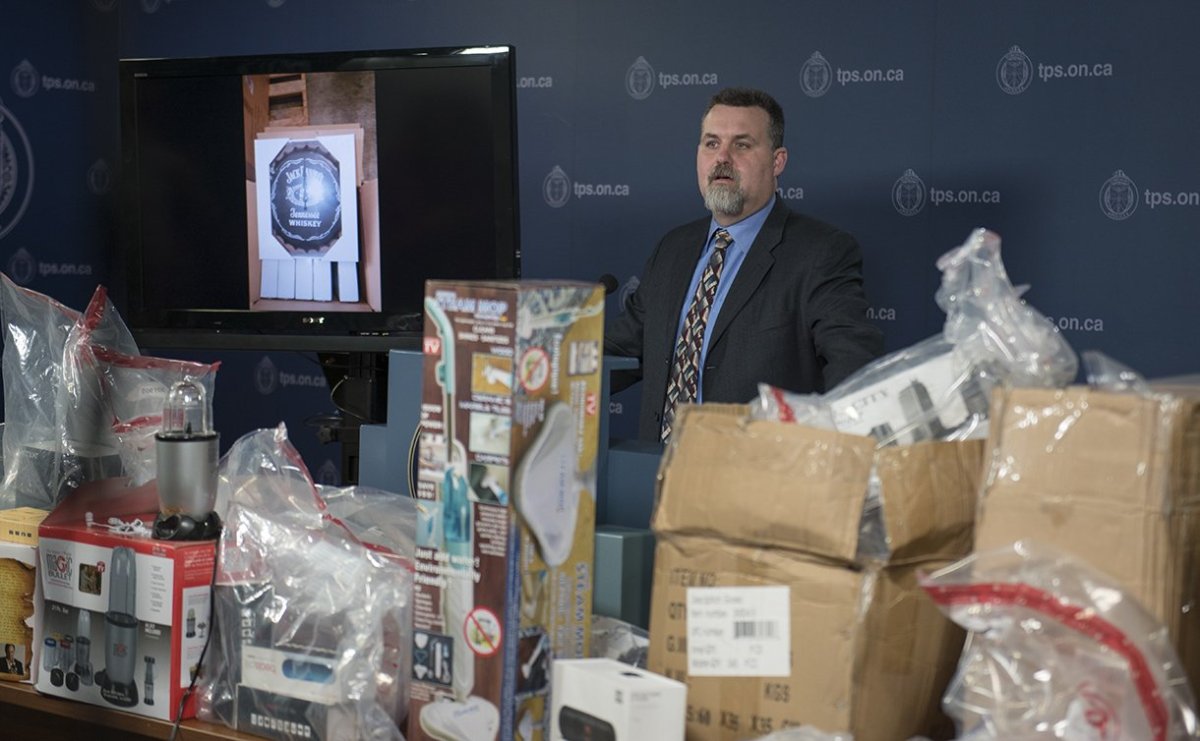A Toronto anti-counterfeit and trademark lawyer is suggesting that bogus products flowing through Canada could pose more than just a threat to Intellectual Property (IP) rights and trade relations, but a risk to our well-being.

Kestenberg Siegal Lipkus LLP lawyer and anti-counterfeiting and trademark specialist, Lorne Lipkus, says knock-off goods don’t just come in the form of luxury handbags and clothes, but in the form of pharmaceutical-type products which could precipitate harm to its user.
“There’s counterfeit contact lenses that sometimes have to be removed surgically because they are of such poor quality, counterfeit makeup that are name-brand that women use regularly that are not hypoallergenic,” said Lipkus on AM640’s Morning Show. “And if I told you there’s been counterfeit shampoo, name-brand shampoos that have E. coli, people’s jaws drop saying, ‘Here in Canada?'”
LISTEN: Anti-counterfeiting and trademark specialist Lorne Lipkus joins the AM640 Morning Show
Lipkus says legitimate products typically exceed standards which justifies a higher cost, while knock-offs come from manufacturers with no quality control.
“People will buy counterfeit sunglasses, that are name-brand, and put their children in them that are name-brand but have absolutely no UV protection… none,” said Lipkus. “Do you really think that the counterfeiter who couldn’t care less about your health and safety… They just throw these things out there and they don’t care.”
It’s a sentiment that is echoed by the Organization for Economic Co-operation and Development (OECD), which updates 35 member countries on economic progress and world trade.
“They take advantage of our trust in trademarks and brand names to undermine economies and endanger lives,” said OECD deputy secretary-general Doug Frantz in a 2013 fake goods study.
OECD studies have also observed a growing trend in the fabrication of “everything from handbags and perfumes to machine parts and chemicals,” and that knockoffs endanger lives with auto parts that fail, pharmaceuticals that make people sick, and even medical instruments that deliver false readings.

WATCH ABOVE: Project Lucky Chan led to the seizure of 16 truckloads of fake goods from a Toronto warehouse. Marianne Dimain explains.
Data from the OECD shows remarkable value in the imported fake goods market. According to the OECD, 2.5 per cent of the world’s global imports are bogus products.
The organization estimates the market to be around US$461 billion worldwide based on 2013 information, with up to five per cent of goods imported into the European Union being fakes.
Manufacturers in China are at the top of the OECD’s list of offenders with up to 63.2 per cent of the world’s counterfeit product seizures being traced back to the country.
U.S. President Donald Trump took a step towards tackling the counterfeit goods market on Friday, when he signed a customs and trade executive order which steps up enforcement on anti-dumping and Intellectual Property (IP) rights violations.
The order targets nations that have a history of dropping knock-off goods like children’s toys, perfume, makeup, pharmaceutical drugs, handbags and various electronics in direct violation of ownership laws.






Comments